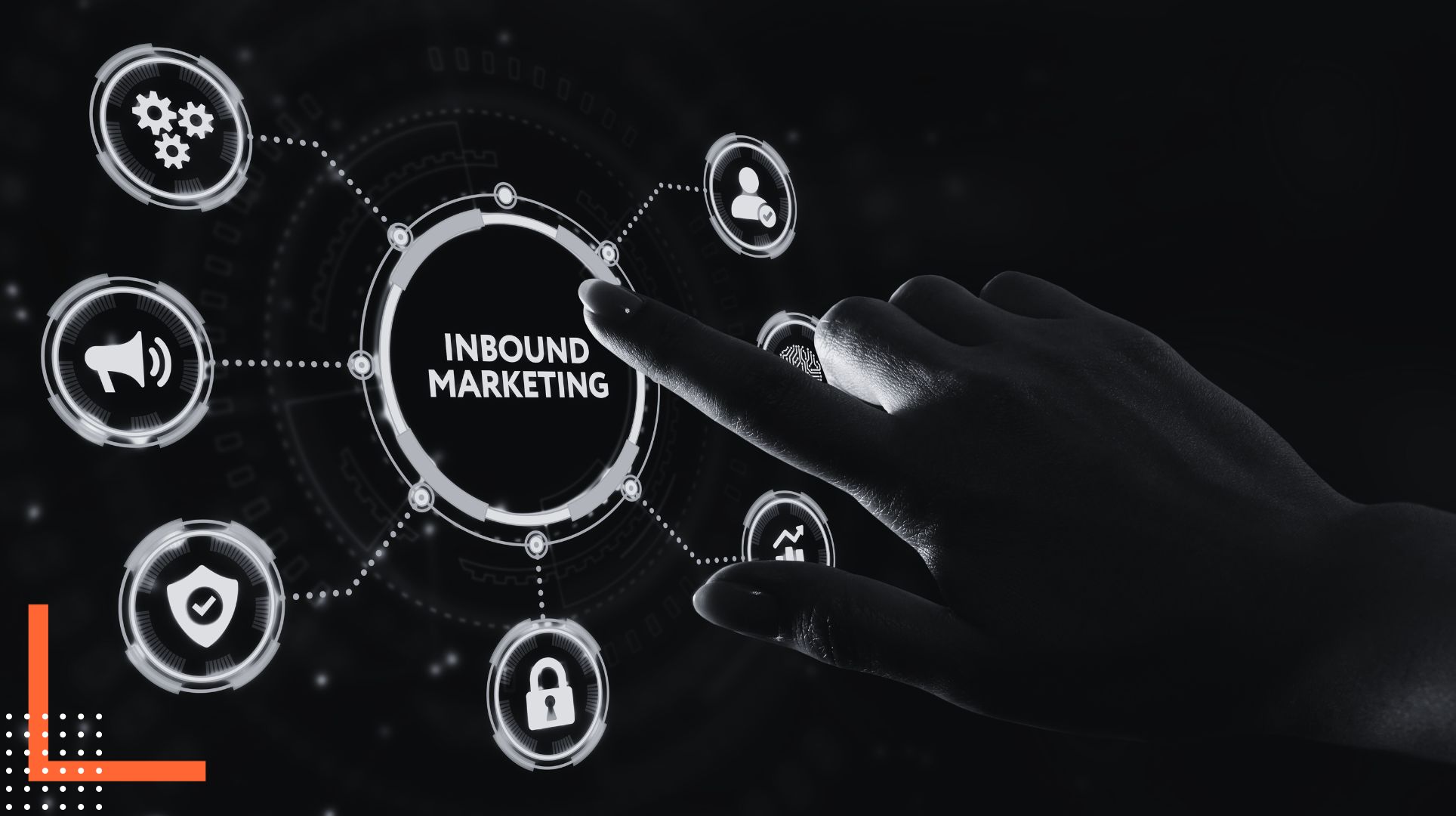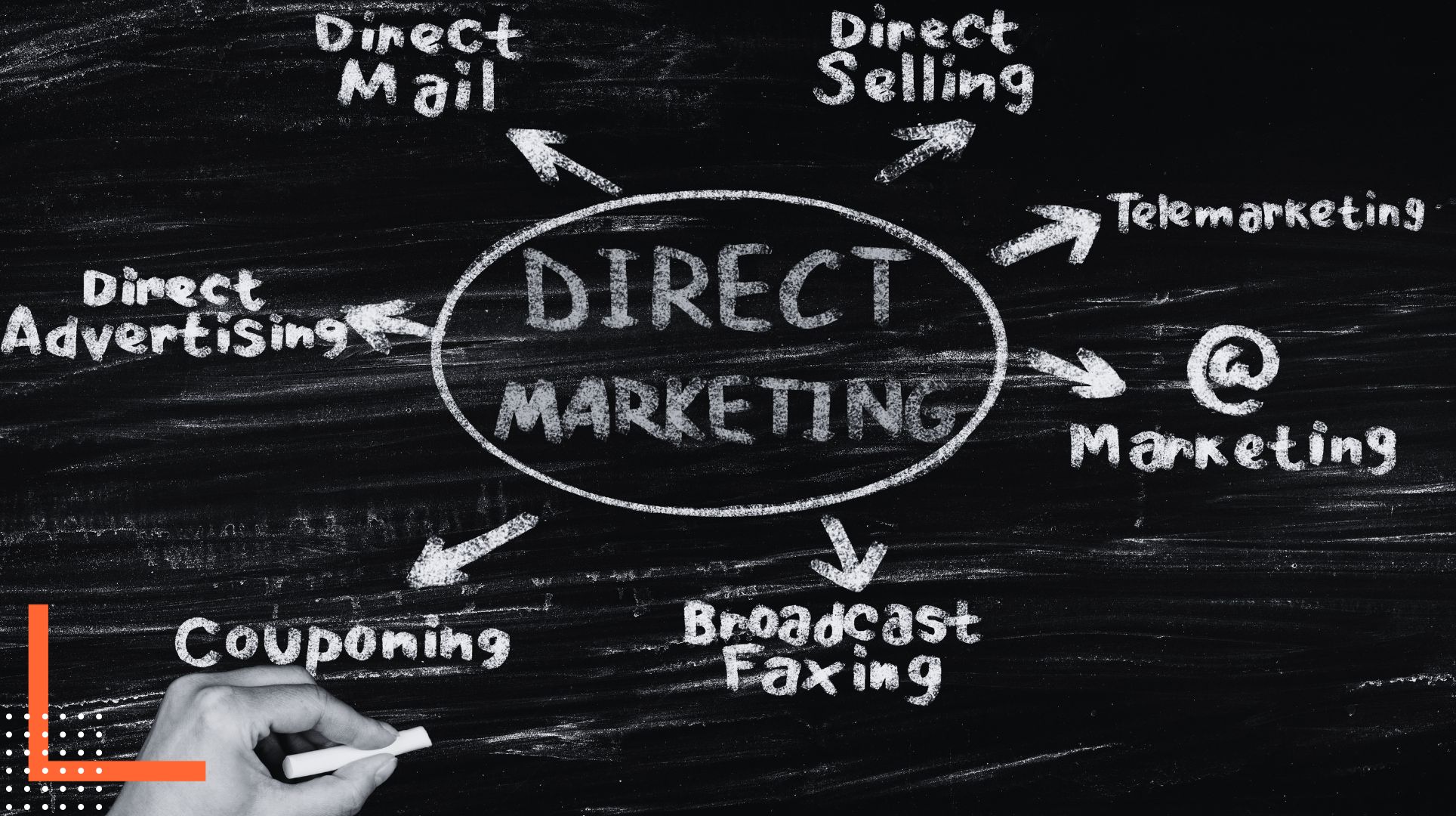Inbound marketing is a customer-centric methodology that focuses on creating valuable content and experiences to naturally draw potential customers in, rather than interrupting them with intrusive advertising. By leveraging tactics such as content marketing, social media, SEO, and email campaigns, inbound marketing aims to build trust, establish authority, and nurture long-term relationships with customers. This article will explore the fundamental principles of inbound marketing, its benefits for businesses of all sizes, and practical strategies to implement in your own marketing efforts. Get ready to discover the transformative potential of inbound marketing and unlock new growth opportunities for your business.
Table of Contents
- Introduction
- Definition of Inbound Marketing
- Benefits of Inbound Marketing
- Difference between Inbound and Outbound Marketing
- Inbound Marketing Methodology
- Attracting Target Audience
- Creating Valuable Content
- Utilizing SEO Techniques
- Social Media Engagement
- Lead Generation
- Nurturing Leads
- Building Customer Trust
- Analyzing and Optimizing
- Long-Term Relationship Building
- Conclusion
Introduction
In today’s digital landscape, businesses are constantly seeking innovative ways to connect with their target audience. Inbound marketing has emerged as a powerful strategy that not only captures the attention of potential customers but also builds lasting relationships. This article explores the concept of inbound marketing, its benefits, and how it differs from traditional outbound marketing.
Definition of Inbound Marketing
Inbound marketing is a customer-centric approach that focuses on attracting, engaging, and delighting customers by providing them with valuable content and experiences. It involves creating and sharing content through various channels such as blogs, social media, and search engines. The goal is to attract potential customers, convert them into leads, and nurture them into loyal customers over time.
Benefits of Inbound Marketing
Inbound marketing offers several advantages over traditional outbound marketing methods. Firstly, it is more cost-effective as it utilizes digital channels and content creation, which often require lower investments compared to traditional advertising. Secondly, inbound marketing has a higher potential for long-term success as it builds genuine connections with customers based on trust and value. Additionally, inbound marketing allows businesses to target specific audiences and measure the effectiveness of their campaigns through analytics and data tracking.
Difference between Inbound and Outbound Marketing
Inbound marketing differs significantly from outbound marketing in its approach and results. Outbound marketing relies on interruptive tactics such as TV and radio commercials, direct mail, and cold calling to reach a wide audience. In contrast, inbound marketing focuses on creating content that pulls in customers naturally, such as blog posts, videos, and social media engagement. Outbound marketing aims to generate immediate sales, while inbound marketing aims to build long-term relationships and customer loyalty.
Inbound Marketing Methodology
Inbound marketing follows a systematic methodology to attract, engage, and delight customers. It involves several stages that align with the customer’s journey, including attracting the target audience, converting them into leads, nurturing them, and ultimately turning them into delighted customers and brand advocates.
Attracting Target Audience
The first step in inbound marketing is attracting the target audience. This involves understanding the target market’s needs, interests, and pain points. By conducting thorough research and utilizing buyer personas, businesses can tailor their content to address the specific challenges and desires of their audience.
Creating Valuable Content
Creating valuable and relevant content is the cornerstone of successful inbound marketing. Businesses need to understand content marketing and develop content that educates, entertains, or solves problems for their target audience. This can take the form of blog posts, articles, videos, podcasts, infographics, or interactive experiences. The key is to provide content that resonates with the audience, addresses their pain points, and offers actionable solutions.
Utilizing SEO Techniques
Inbound marketing goes hand in hand with search engine optimization (SEO). By optimizing content for search engines, businesses can increase their visibility and attract organic traffic. This involves conducting keyword research, optimizing meta tags and descriptions, using relevant headers, and ensuring the website has a solid internal linking structure. By implementing SEO best practices, businesses can improve their chances of ranking higher in search engine results and reaching their target audience.
Social Media Engagement
Social media plays a vital role in inbound marketing by providing a platform to engage with the target audience directly. By creating a strong presence and engaging in social media marketing, businesses can share their content, interact with followers, and build brand awareness. Social media platforms also offer valuable insights and analytics to measure the effectiveness of campaigns and adjust strategies accordingly.
Lead Generation
Inbound marketing aims to convert website visitors into leads. This is achieved by offering valuable resources, such as ebooks, whitepapers, webinars, or free consultations, in exchange for contact information. By capturing leads, businesses can nurture them further and guide them through the sales funnel.
Nurturing Leads
Nurturing leads is a crucial step in the inbound marketing process. Once businesses have captured contact information, they can deliver personalized and targeted content to build trust, educate the leads, and showcase the value of their products or services. This can be done through email marketing campaigns, marketing automation, and personalized messaging.
Building Customer Trust
Building trust is essential for successful inbound marketing. Businesses need to establish themselves as authorities in their industry by consistently delivering valuable content and engaging with their audience. By demonstrating expertise, addressing concerns, and providing solutions, businesses can earn the trust and loyalty of their customers.
Analyzing and Optimizing
Inbound marketing is an iterative process that requires continuous analysis and optimization. By using marketing analytics and measuring key performance indicators (KPIs) such as website traffic, conversion rates, and engagement metrics, businesses can identify areas for improvement and refine their strategies. A data-driven approach allows businesses to make informed decisions and maximize the effectiveness of their inbound marketing efforts.
Long-Term Relationship Building
Inbound marketing focuses on building long-term relationships with customers. By providing ongoing value, personalized experiences, and excellent customer service, businesses can turn customers into brand advocates. These loyal customers not only become repeat buyers but also refer others to the business, further expanding its reach and impact.
Conclusion
Inbound marketing has revolutionized the way businesses connect with their target audience. By adopting a customer-centric approach, creating valuable content, utilizing SEO techniques, and building relationships, businesses can attract, engage, and delight customers in a more authentic and effective way. Inbound marketing offers long-term benefits, increased brand visibility, and customer loyalty. By embracing this strategic approach, businesses can thrive in the digital age and stay ahead of the competition.







